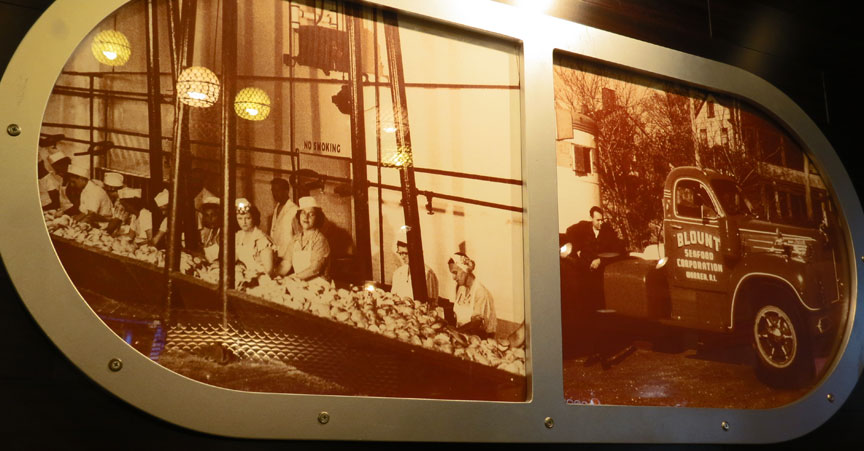

Providence

Providence
Providence is the capital and most populous city of the state of Rhode Island and was one of the first cities established in the United States. Located in Providence County, it is the third largest city in the New England region. The city proper population of 178,042 anchors the 37th largest metropolitan population in the country, with an estimated MSA population of 1,600,856, exceeding that of Rhode Island by about 60% due to its reaching into southern Massachusetts. This MSA in turn is part of the larger Greater Boston commuting area, which contains 7.6 million people. Situated at the mouth of the Providence River, at the head of Narragansett Bay, the city's small footprint is crisscrossed by seemingly erratic streets and contains a rapidly changing demographic.
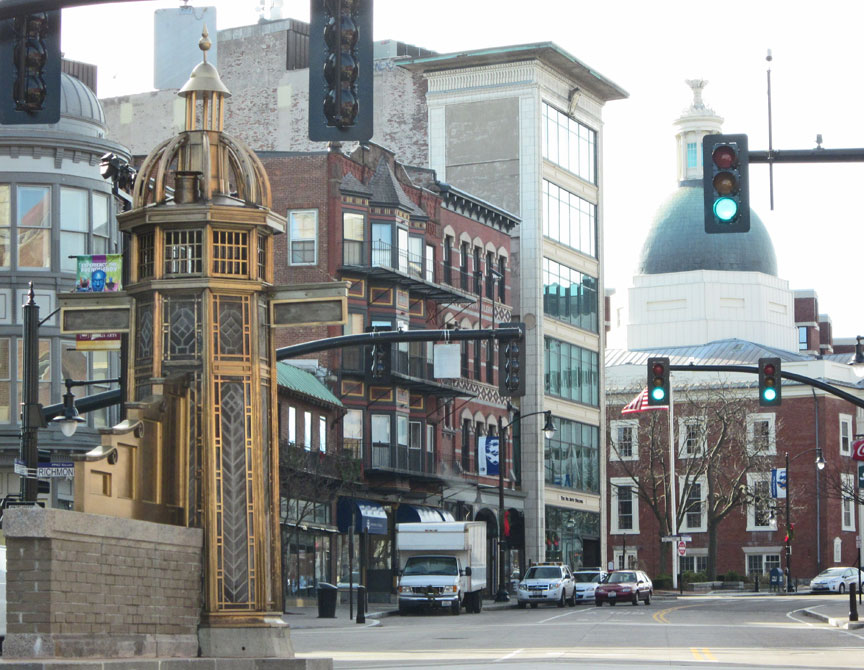
Providence was founded in 1636 by Roger Williams, a religious exile from the
Massachusetts Bay Colony. He named the area in honor of "God's merciful
Providence" which he believed was responsible for revealing such a haven for him
and his followers to settle. After being one of the first cities in the country
to industrialize, Providence became noted for its jewelry and silverware
industry. Today, the City of Providence is home to eight hospitals and seven
institutions of higher learning, which has shifted the city's economy into
service industries, though it still retains significant manufacturing activity.
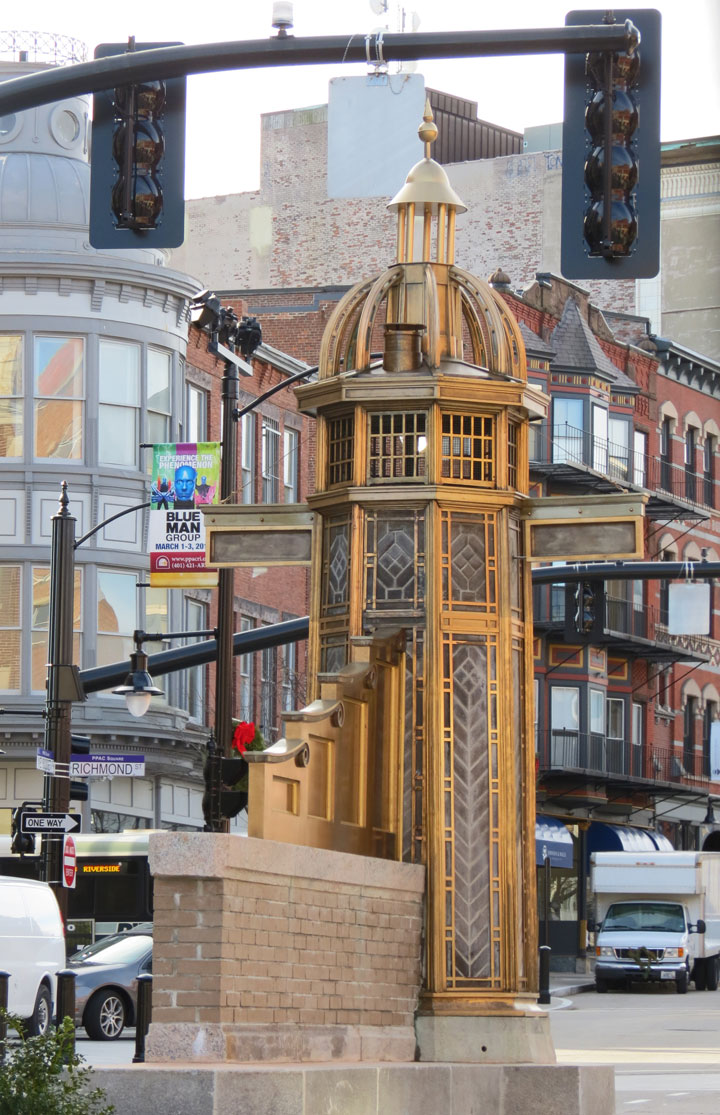
Once nicknamed the "Beehive of Industry," Providence began rebranding itself as
the "Creative Capital" in 2009 to emphasize its educational resources and arts
community. Its previous moniker was "the Renaissance City", although its 2009
poverty rate was still over 22%.

The area that is now Providence was first settled in June 1636 by Roger
Williams, and was one of the original Thirteen Colonies of the United States.
Although the west bank of the Providence River was later claimed by both the
English and the Dutch, the actual inhabitants and true masters of the region
were the Pokanoket Tribe of the Wampanoag Nation led by Massasoit Ousamequin.
Williams secured permission to settle from the Pokanoket and gave the city its
present name. Williams' Providence soon became a refuge for persecuted
religious dissenters, as he himself had been exiled from Massachusetts.
Providence's growth would be slow during the next quarter-century—the subsuming
of its territory into surrounding towns, difficulty of farming the land, and
differing of local traditions and land conflicts all slowed development.
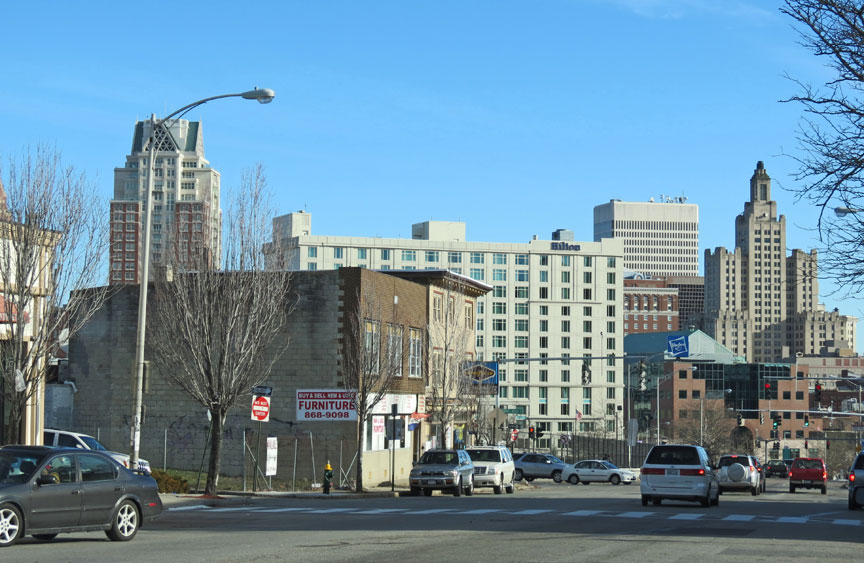
In the mid-1770s, the British government levied taxes that impeded Providence's
maritime, fishing and agricultural industries, the mainstay of the city's
economy. One example was the Sugar Act, which was a tax levied against
Providence's distilleries that adversely affected its trade in rum and slaves.
These taxes caused Providence to join the other colonies in renouncing
allegiance to the British Crown. In response to enforcement of unpopular trade
laws, Providence residents spilled blood in the leadup to the American
Revolution in the notorious Gaspée Affair of 1772.
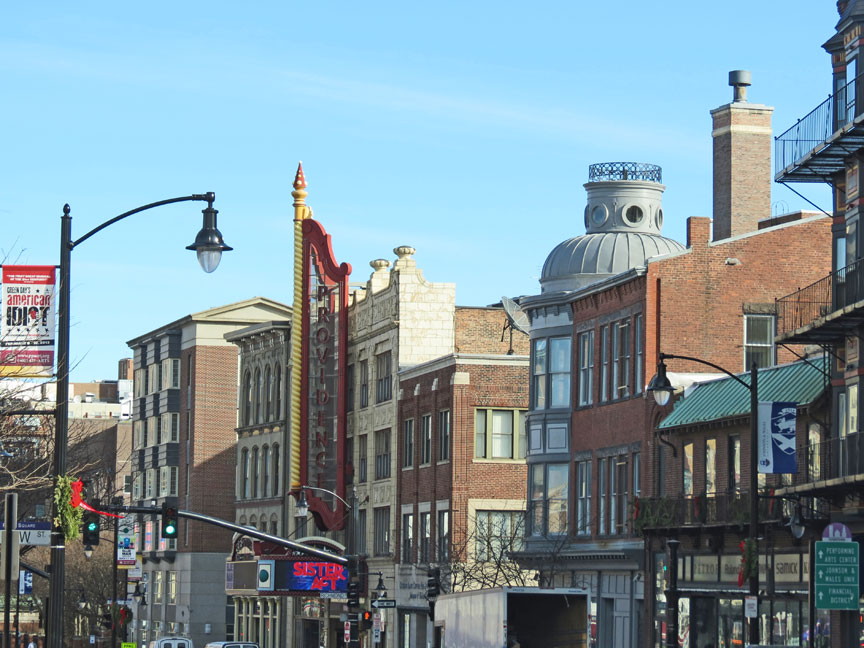

Though during the American Revolutionary War the city escaped British
occupation, the capture of nearby Newport disrupted industry and kept the
population on alert. Troops were quartered for various campaigns and Brown
University's University Hall was used as a barracks and military hospital.
After departing from Newport, French troops sent by King Louis XVI and commanded
by the Comte de Rochambeau passed through Providence on their way to join the
attack against British forces. The march from Newport to Providence was the
beginning of a campaign led jointly by Rochambeau and General George Washington
in a decisive march that ended with the defeat of General Cornwallis in the
Siege of Yorktown at Yorktown, Virginia and the Battle of the Chesapeake.
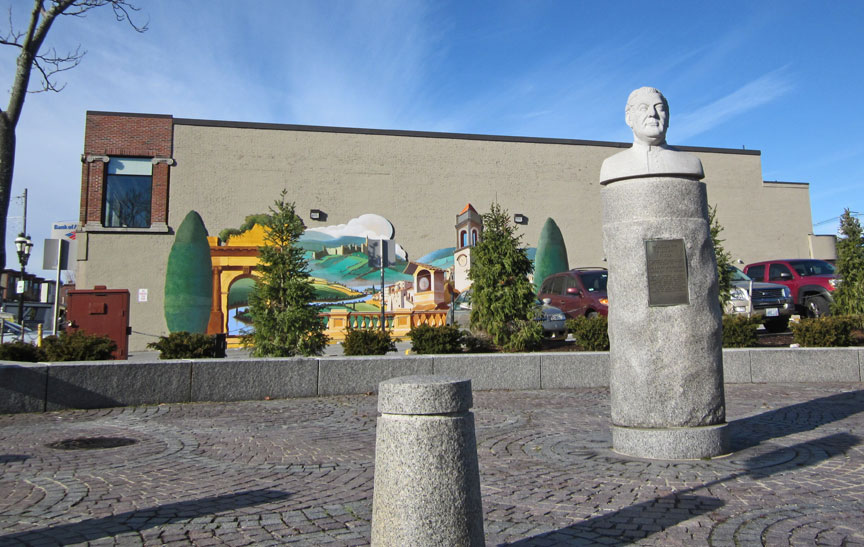
Federal Hill
Following the war, Providence was the country's ninth-largest city with 7,614 people. The economy shifted from maritime endeavors to manufacturing, particularly machinery, tools, silverware, jewelry and textiles. By the start of the 20th century, Providence boasted some of the largest manufacturing plants in the country, including Brown & Sharpe, Nicholson File, and Gorham Silverware. The city's industries attracted many immigrants from Ireland, Germany, Sweden, England, Italy, Portugal, Cape Verde, and French Canada. Economic and demographic shifts caused social strife, notably with a series of race riots between whites and blacks during the 1820s. In response to these troubles and the economic growth, Providence residents ratified a city charter in 1831 as the population passed 17,000.
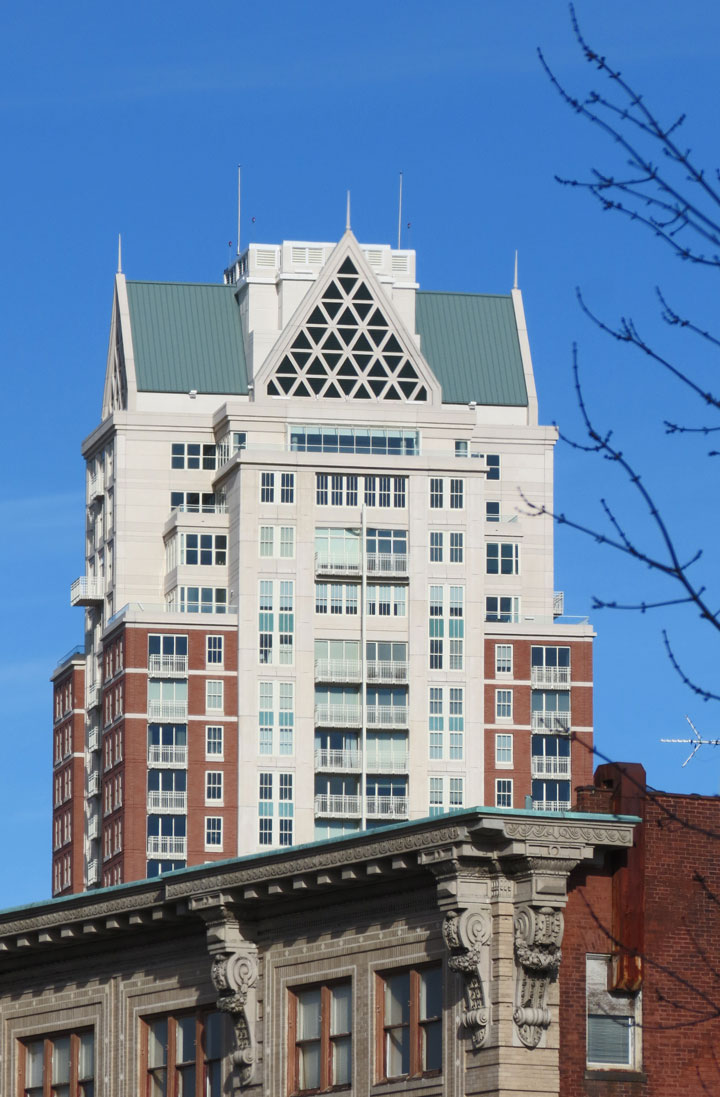
During the Civil War, local politics split over slavery as many had ties to
Southern cotton. Despite ambivalence concerning the war, the number of military
volunteers routinely exceeded quota, and the city's manufacturing proved
invaluable to the Union. Postwar, horse car lines covering the city enabled its
growth and Providence thrived with waves of immigrants and land annexations
bringing the population from 54,595 in 1865 to 175,597 by 1900.
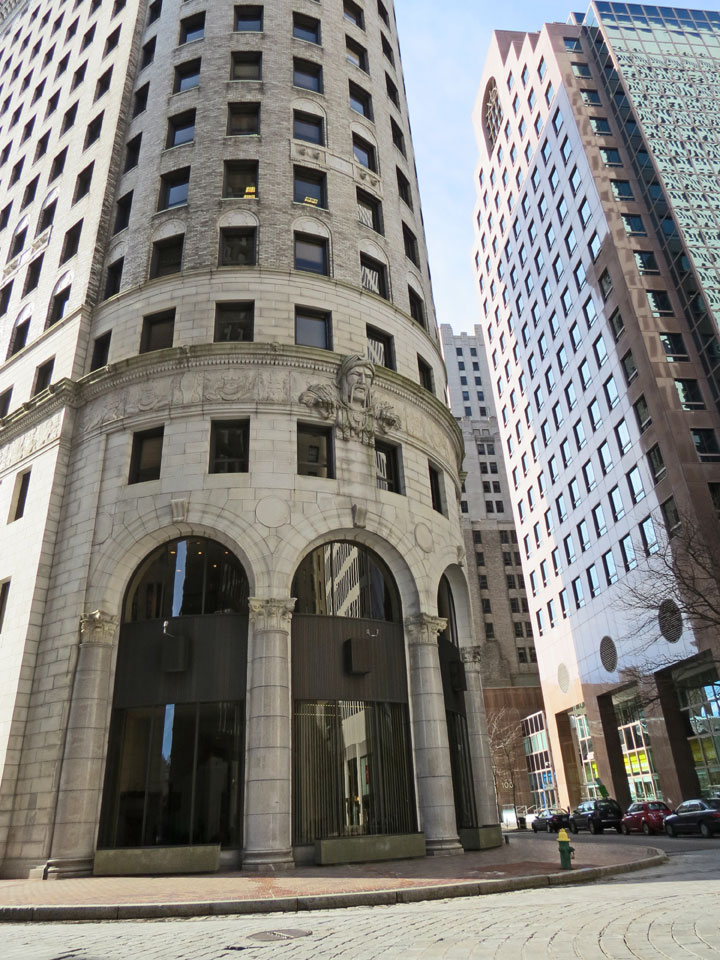
The city's boom began to wane in the mid-1920s as industries, notably textiles,
shut down. Jewelry manufacturing continued to grow, taking up the slack and
employing many of the city's new immigrants, coming from Portuguese, Italian,
Polish, Lithuanian and Jewish backgrounds. A number of hospitals also opened.
The Great Depression hit the city hard, and Providence's downtown was
subsequently flooded by the New England Hurricane of 1938. Though the city
received a boost from World War II, this ended with the war. The city saw
further decline as a result of nation-wide trends, with the construction of
highways and increased suburbanization. The population would drop by 38% over
the next three decades. From the 1950s to the 1980s, Providence was a notorious
bastion of organized crime. The mafia boss Raymond L.S. Patriarca ruled a vast
criminal enterprise.
People gathering in Waterplace Park, opened in 1994, just before a WaterFire
event. On the left can be seen the Waterplace condominiums, constructed 2008.
The entire area had been covered in railroad tracks and the river covered with
paved bridges over until the late 1980s.
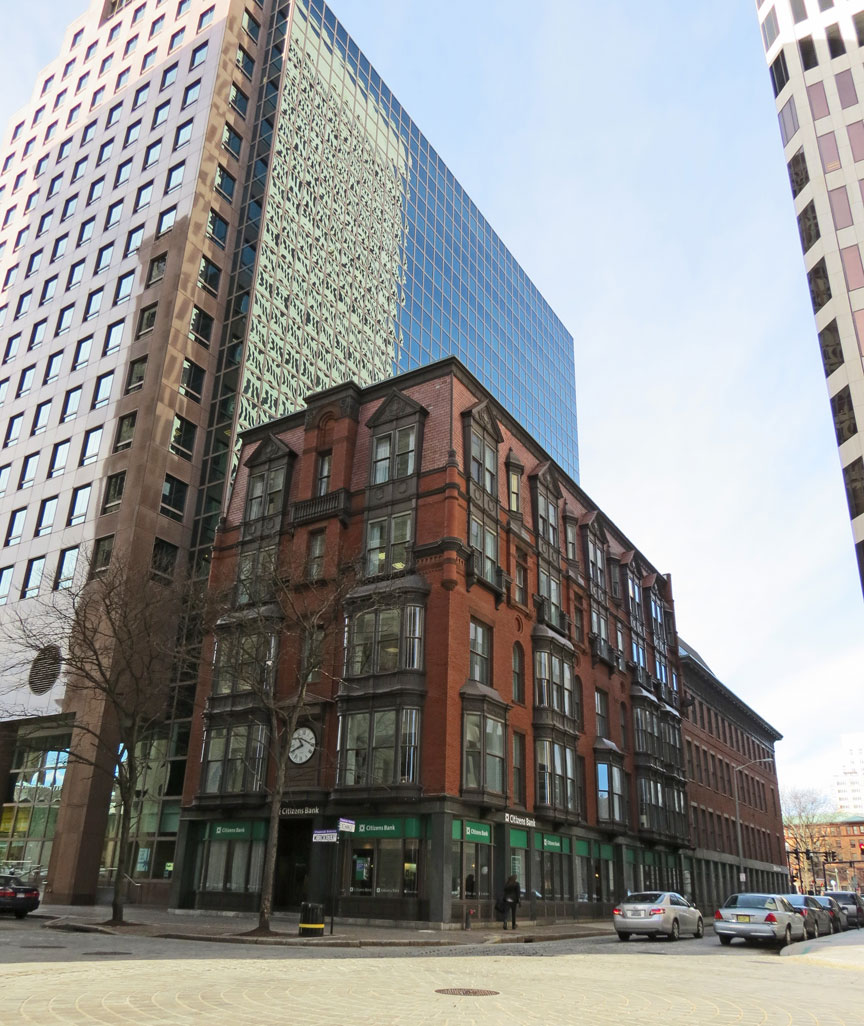
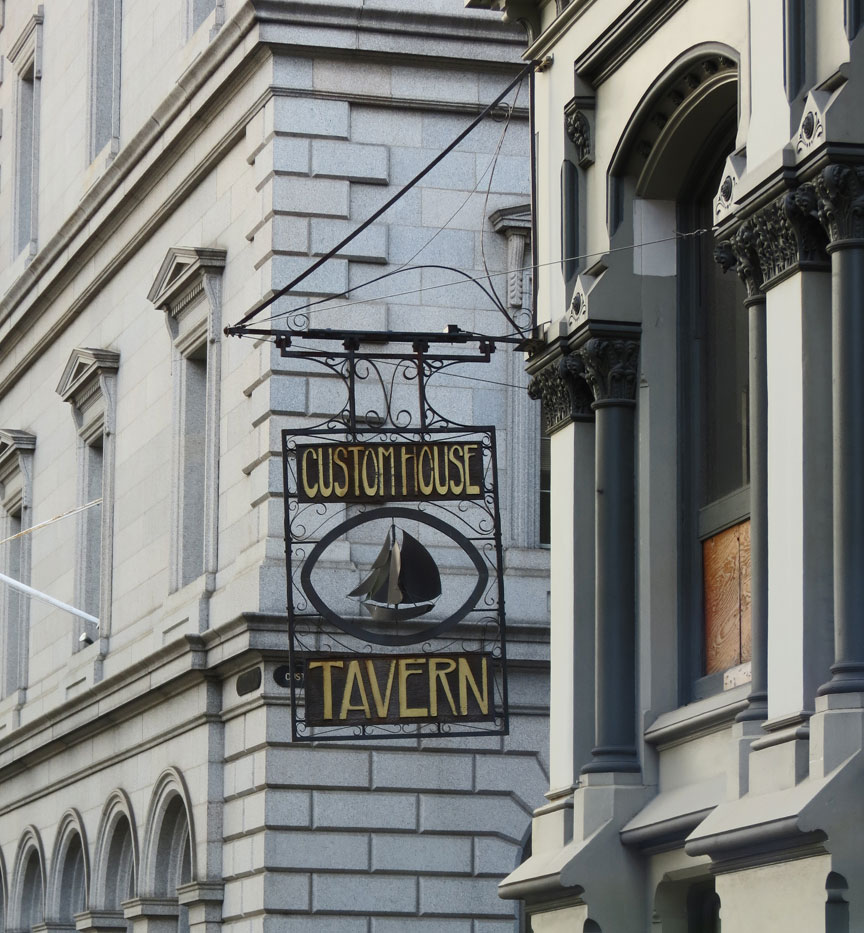
The city's "Renaissance" began in the 1970s. From 1975 until 1982, $606 million
of local and national Community Development funds were invested throughout the
city, and the hitherto falling population began to stabilize. In the 1990s,
Mayor Vincent Cianci, Jr showcased the city's strength in arts and pushed for
further revitalization, ultimately resulting in the uncovering of the city's
natural rivers (which had been covered by paved bridges), relocation of a large
section of railroad underground, creation of Waterplace Park and river walks
along the river's banks, and construction of the Fleet Skating Rink (now the
Bank of America Skating Rink) downtown and the 1.4 million ft² Providence Place
Mall.
Text from Wikipedia
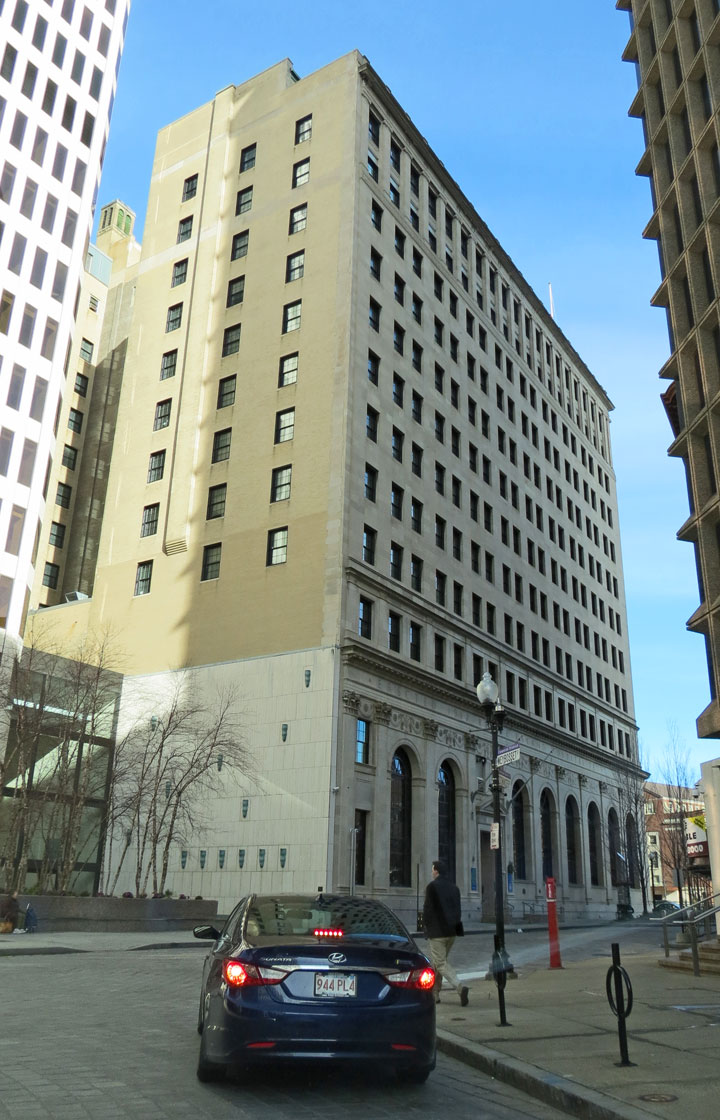
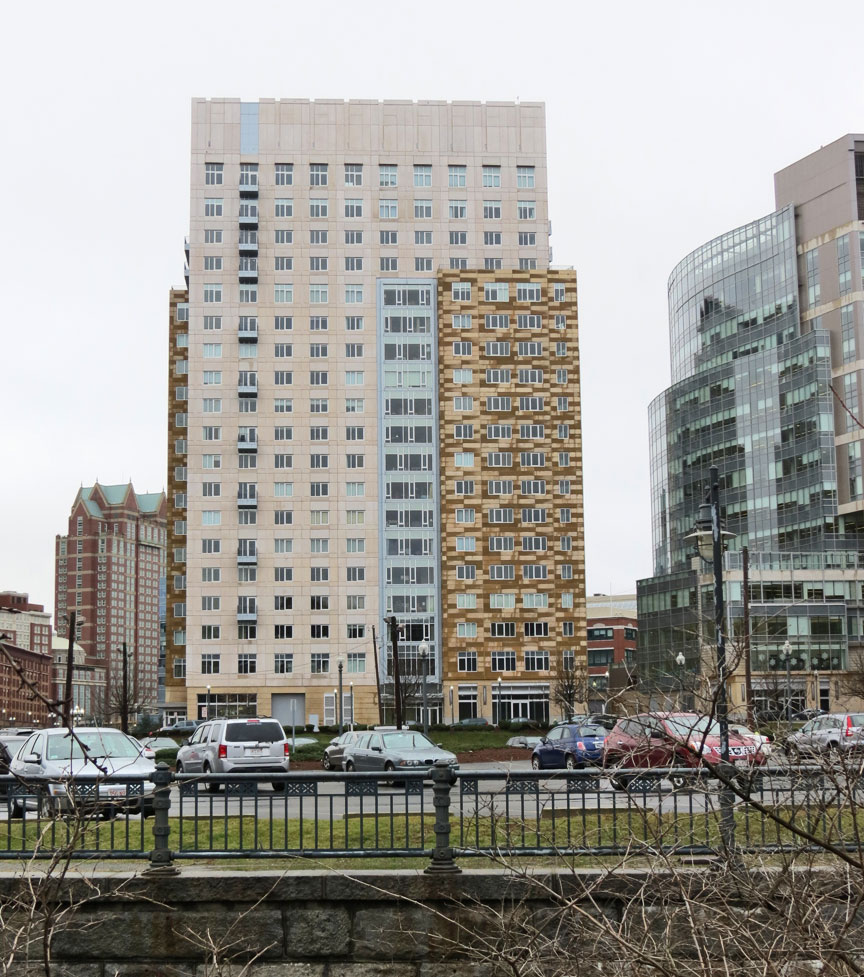
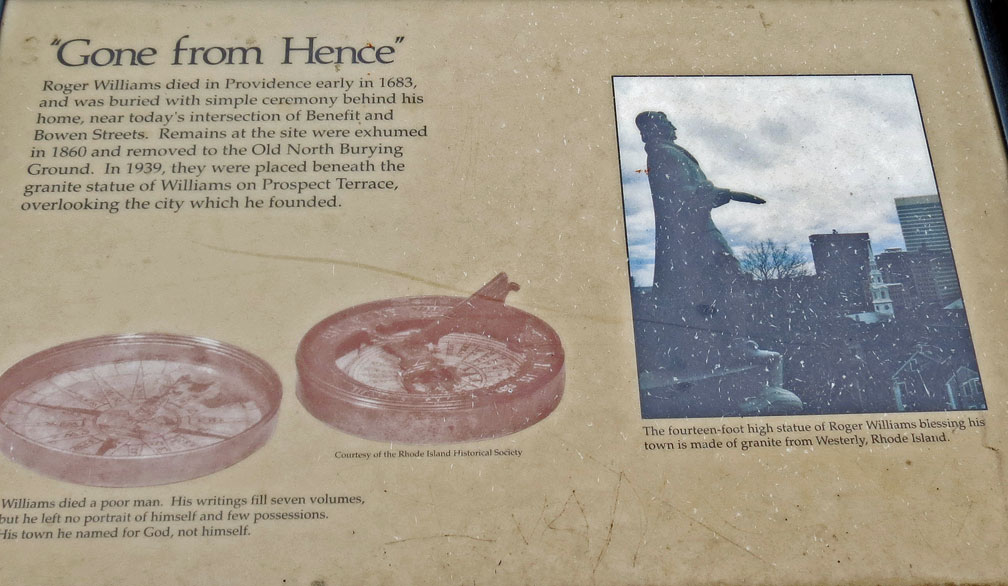

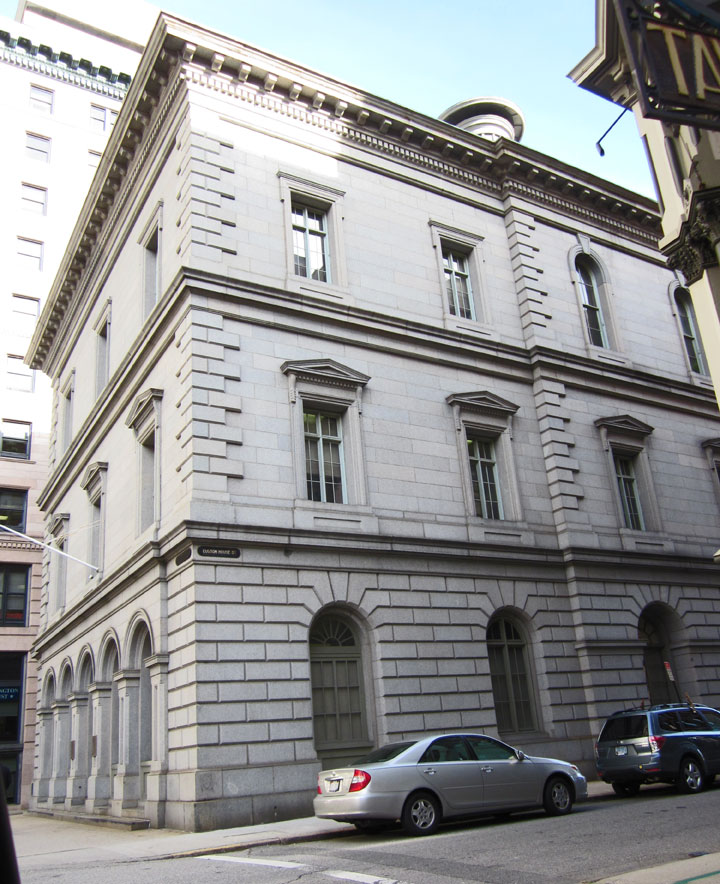
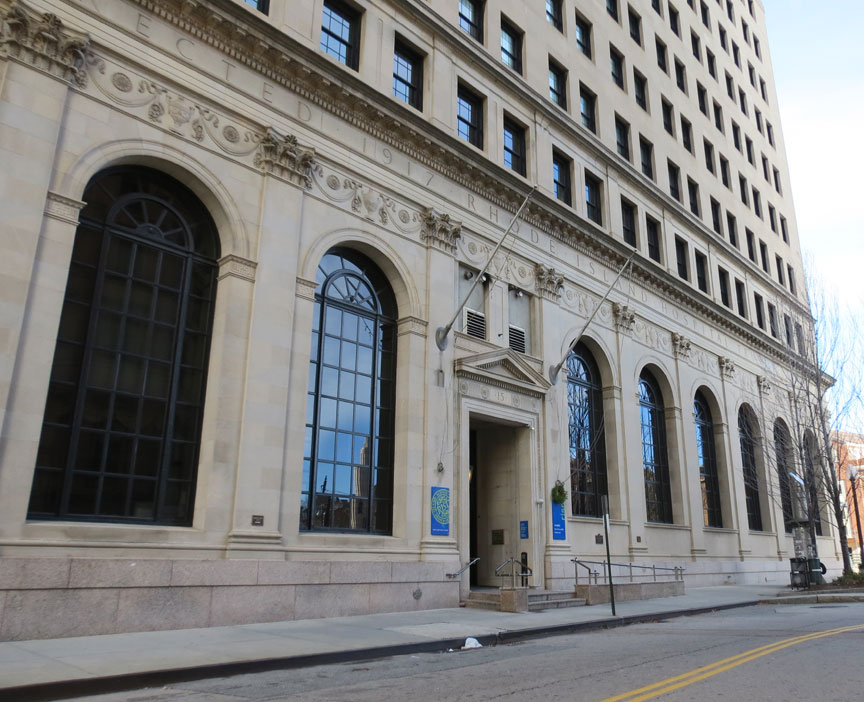

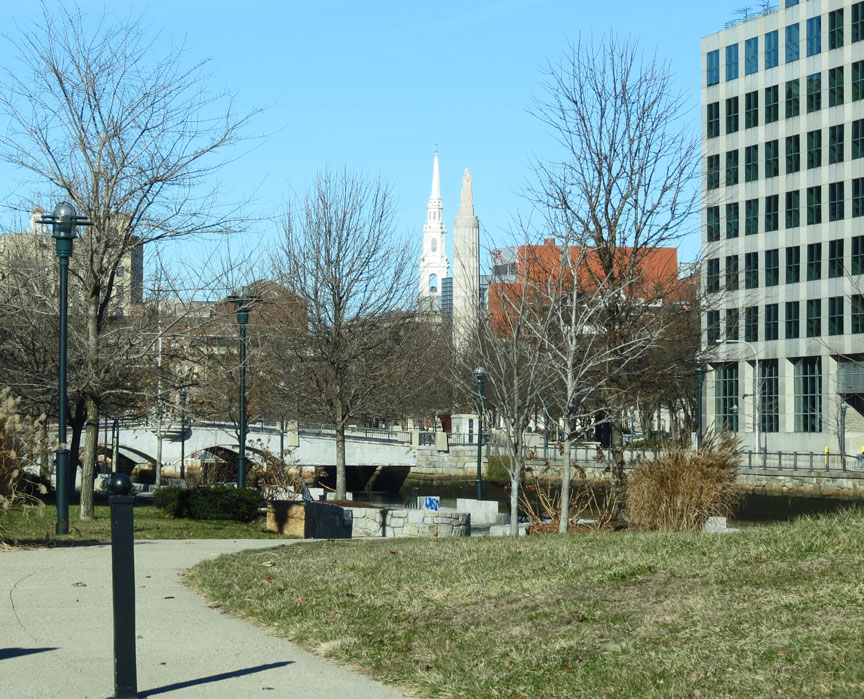
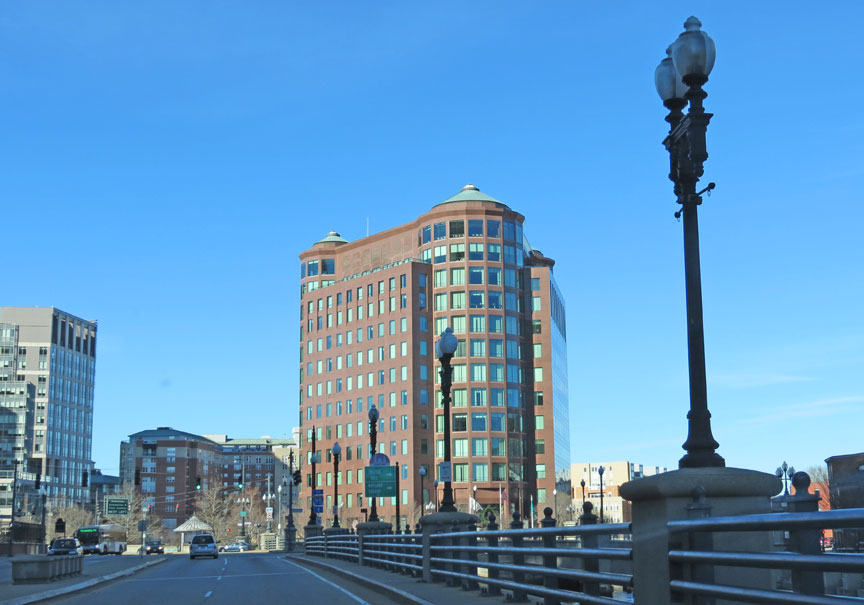
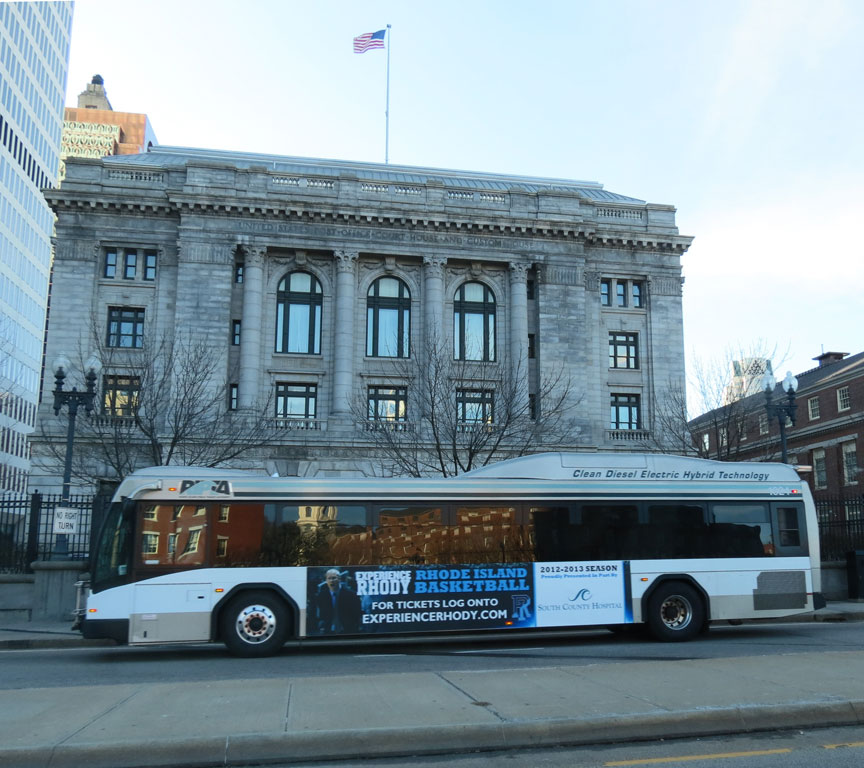


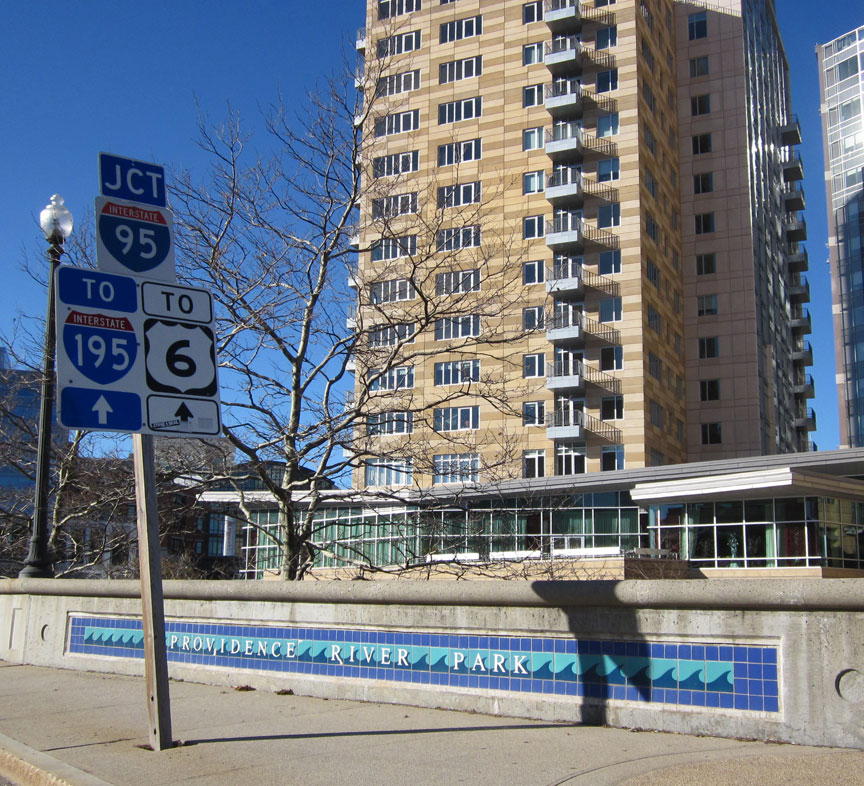
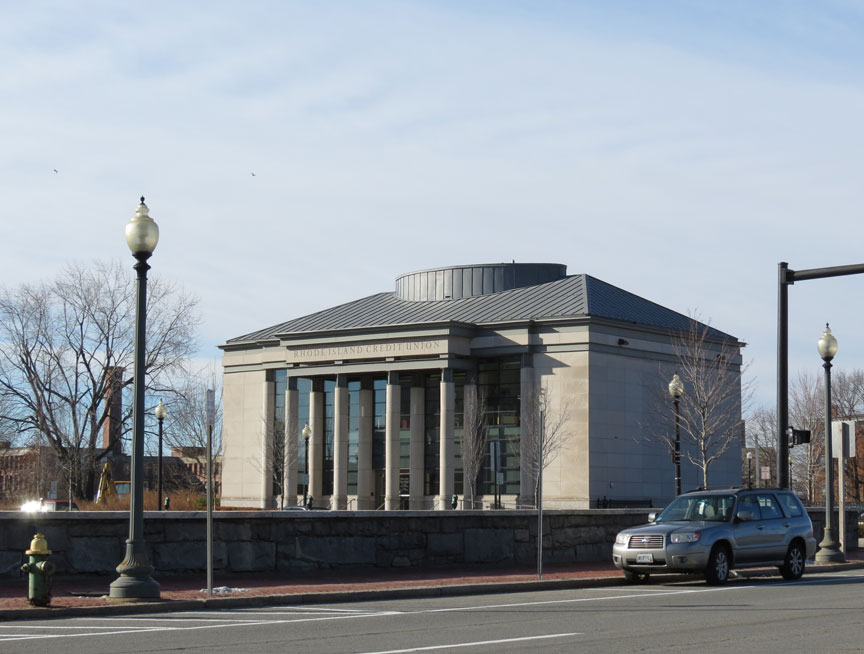
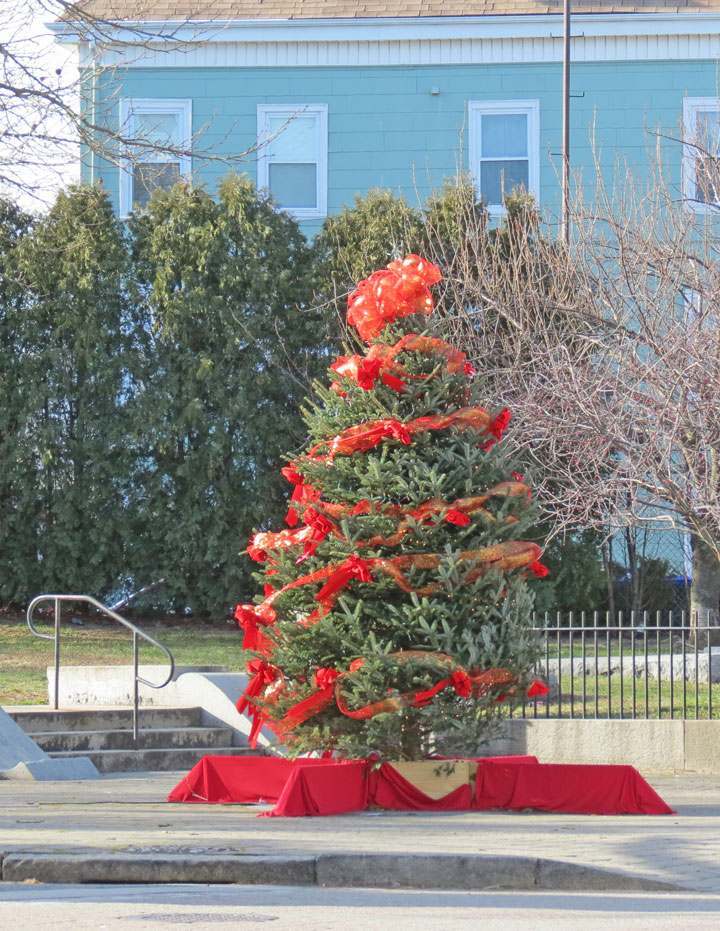

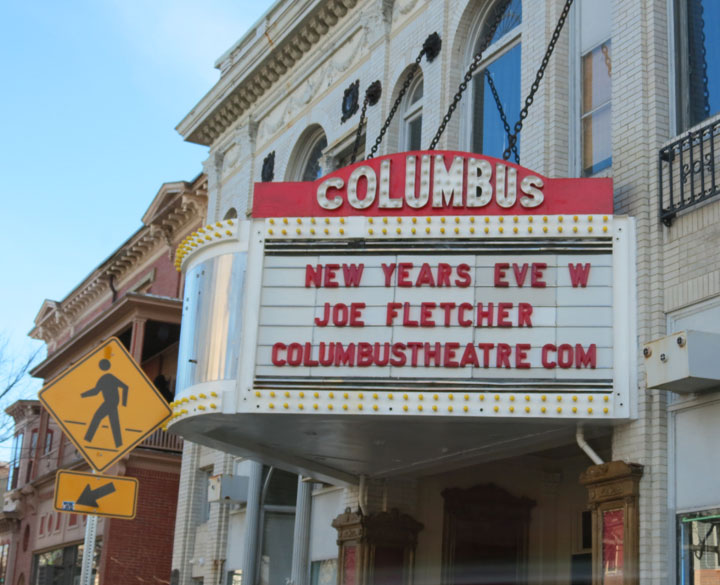
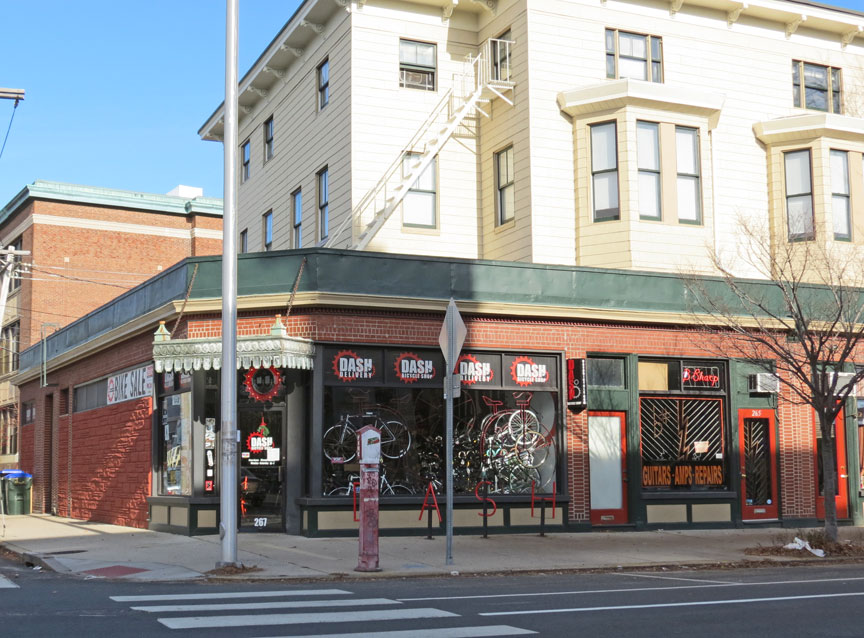
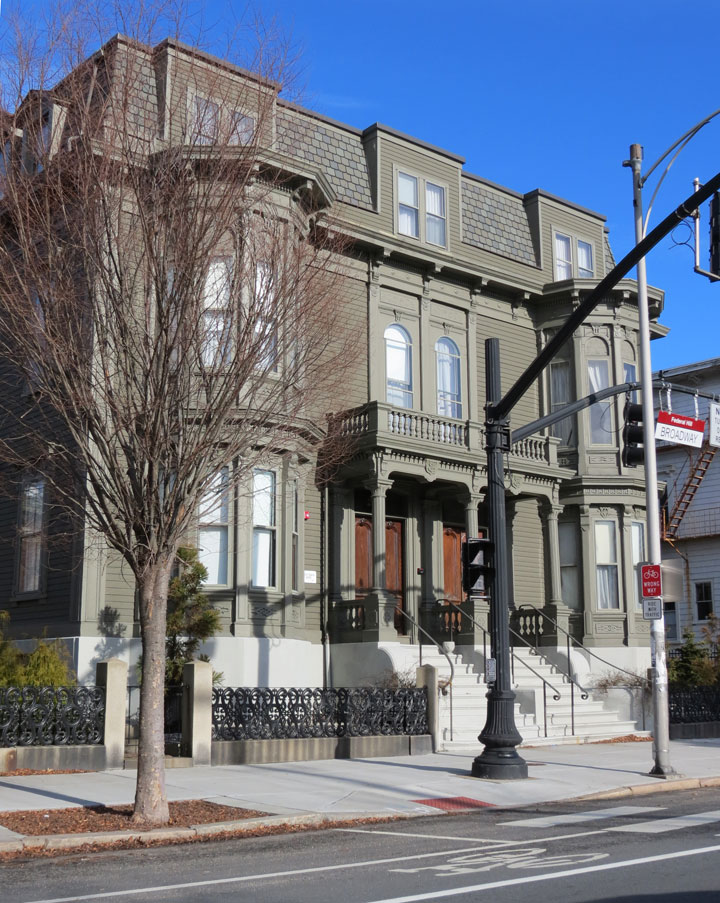
Benefit Street
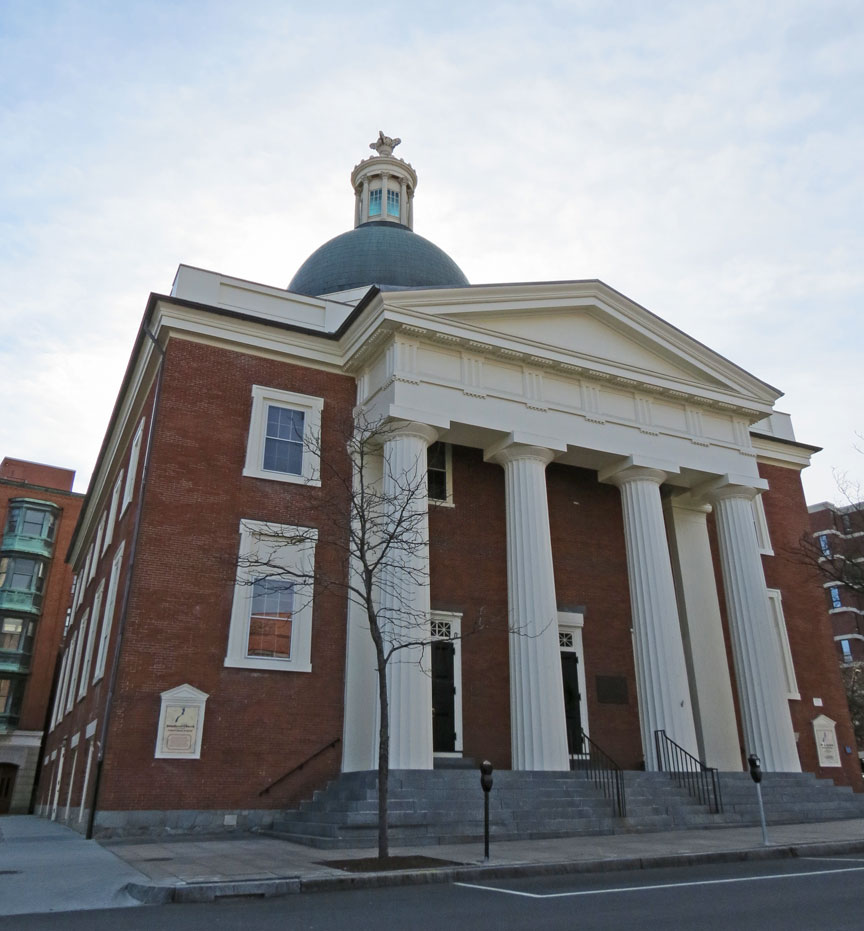
Beneficent Church
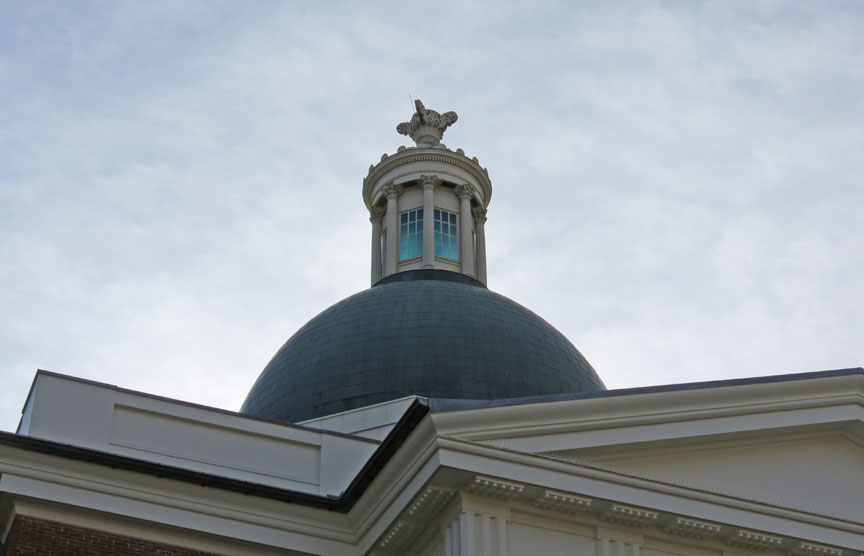

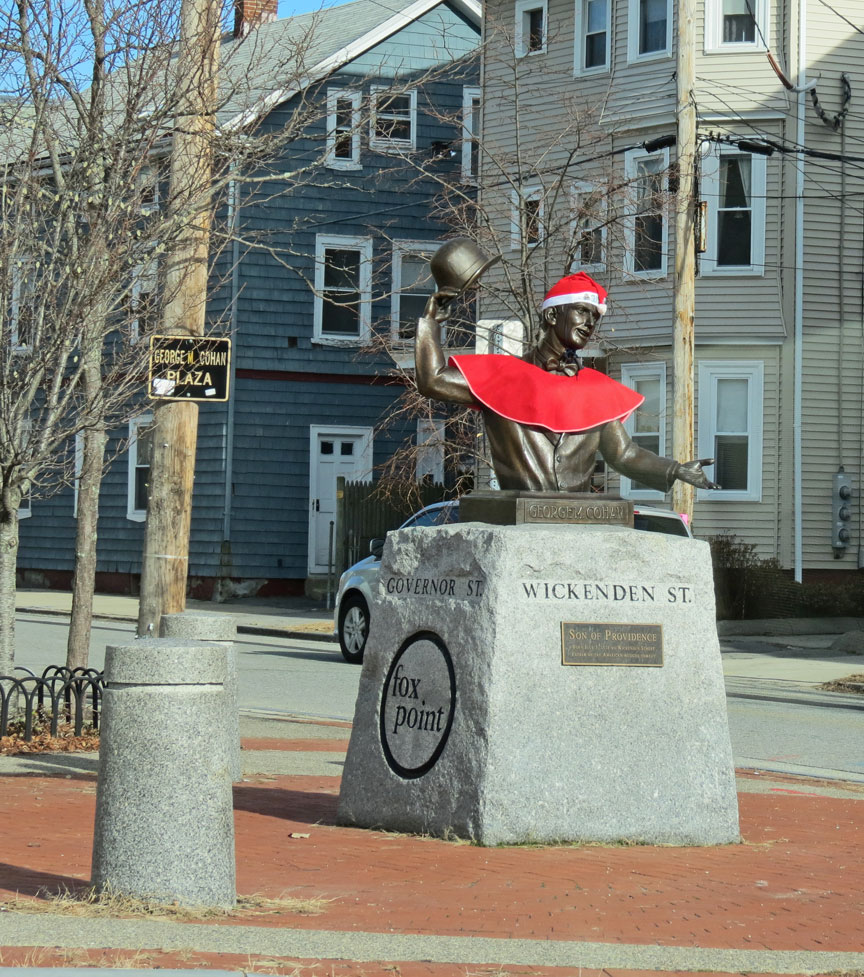
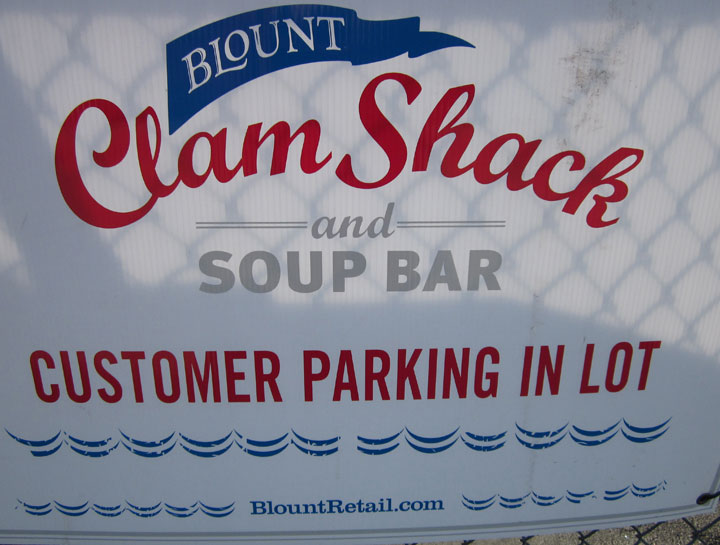
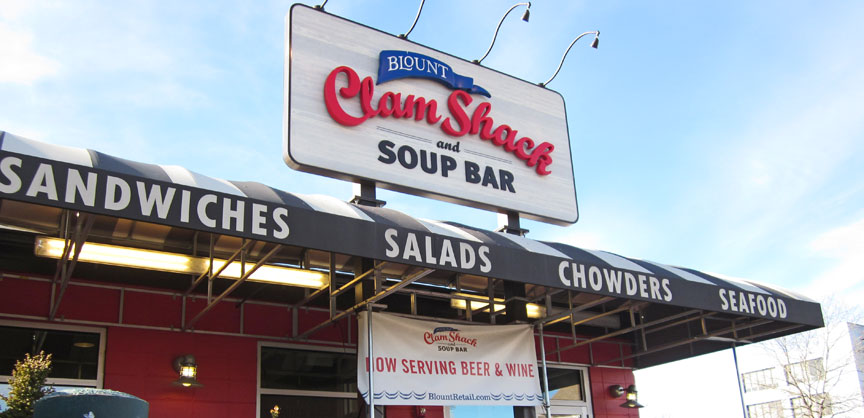
Clam Shack

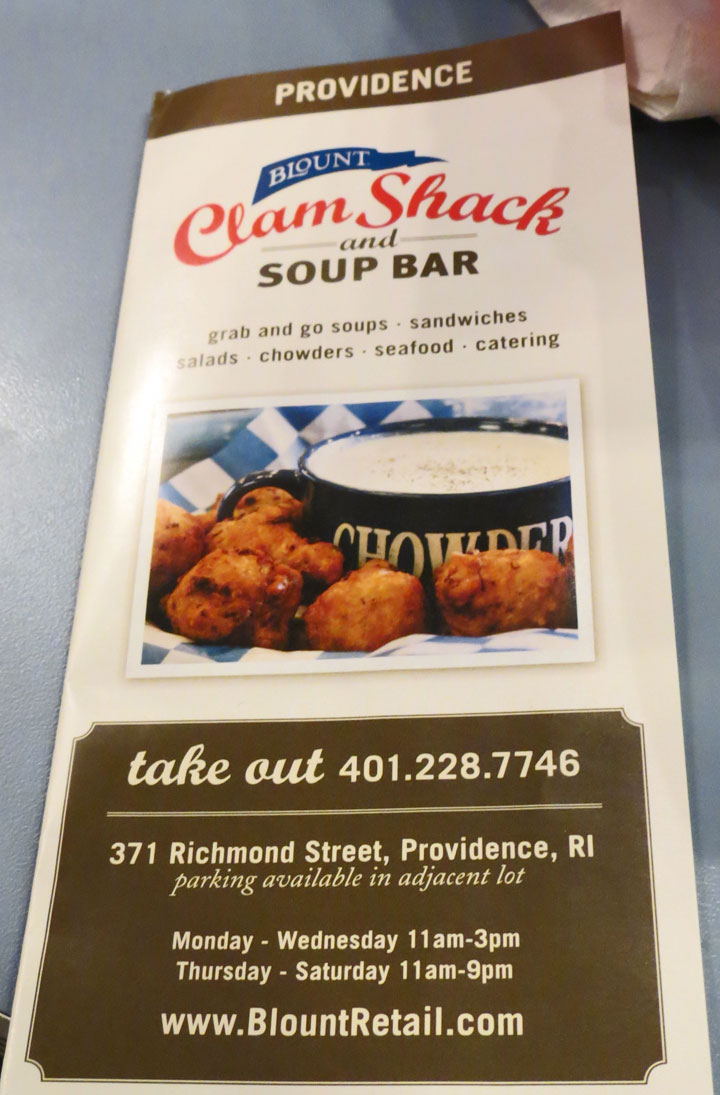
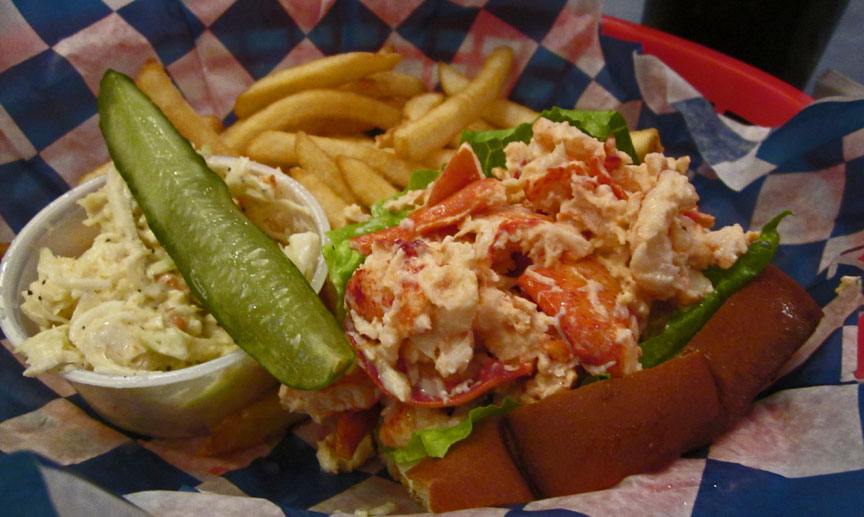
Lobster Salad
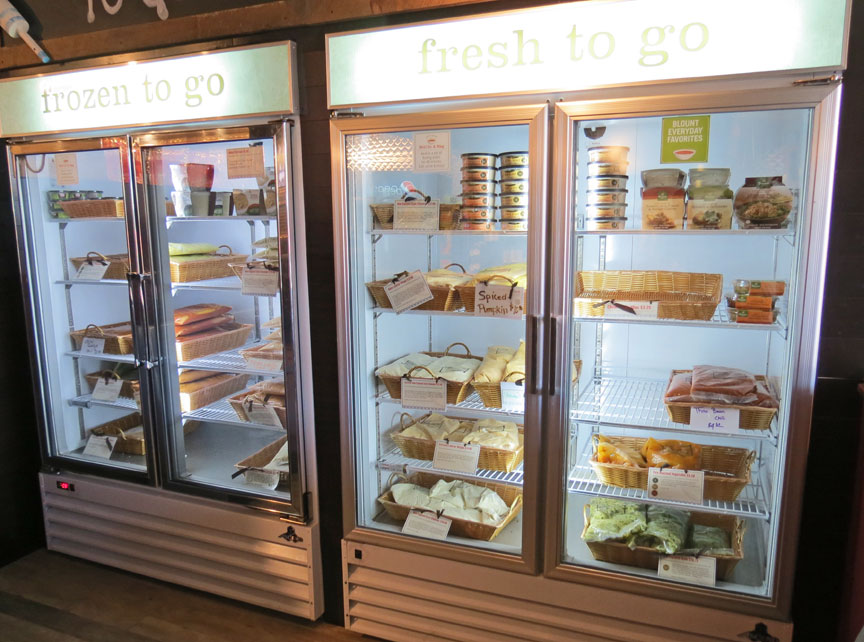
seafood to go
